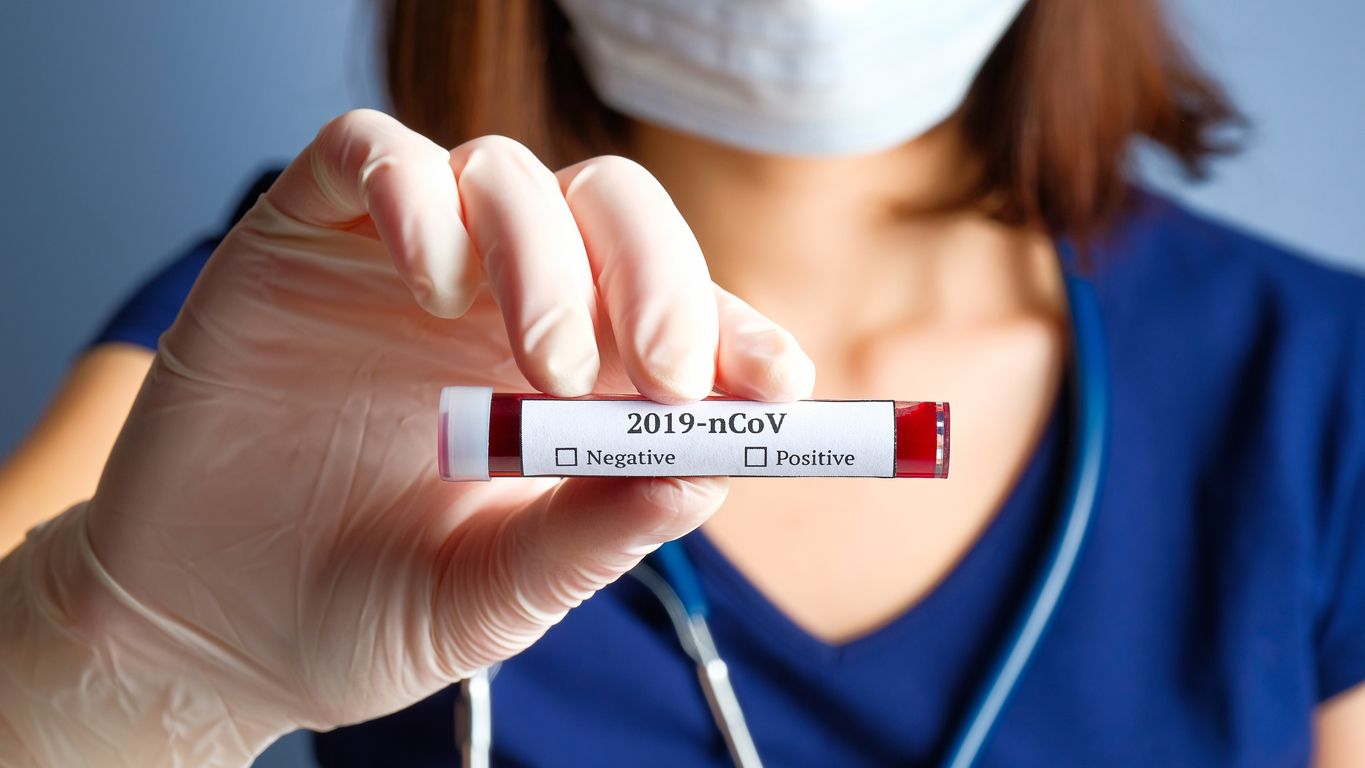For weeks, we’ve all heard about the novel coronavirus, COVID-19, which started in Wuhan, China, in December 2019. We’ve seen cruise ships quarantined (the latest of which is off the coast of California), travelers examined inside international airports, and public workers scrambling to disinfect trains, buses, and stations—all in effort to help stop the spread of the virus. Still, the World Health Organization (WHO) is reporting more than 93,000 cases worldwide, and even more disturbing, 3,100 deaths, 11 of which occurred in the U.S.
With the virus now confirmed in 17 states, it only stands to reason that the number of cases (and the number of deaths) will steadily rise in the days, weeks, and months ahead. Today, emergency preparedness is critical, especially among public and private sector organizations, as they must face the physical, financial and emotional consequences of a possible global pandemic.
The Centers for Disease Control (CDC) says that “all employers should be ready to implement strategies to protect their workforce from COVID-19 while ensuring continuity of operations. During a COVID-19 outbreak, all sick employees should stay home and away from the workplace, respiratory etiquette and hand hygiene should be encouraged, and routine cleaning of commonly touched surfaces should be performed regularly.” Further, the CDC offers the following recommendations for an infectious disease outbreak response plan.
- Identify possible work-related exposure and health risks to your employees. The U.S. Department of Labor/Occupational Safety and Health Administration (OSHA) has more information on how to protect workers from exposure to COVID-19.
- Explore whether you can establish policies and practices, such as flexible worksites (e.g., telecommuting) and flexible work hours (e.g., staggered shifts), to increase the physical distance among employees and between employees and others if state and local health authorities recommend the use of social distancing strategies.
- Identify essential business functions, essential jobs or roles, and critical elements within your supply chains (e.g., raw materials, suppliers, subcontractor services/products, and logistics) required to maintain business operations. Plan for how your business will operate if there is increasing absenteeism or these supply chains are interrupted.
- Set up authorities, triggers, and procedures for activating and terminating the company’s infectious disease outbreak response plan, altering business operations (e.g., possibly changing or closing operations in affected areas), and transferring business knowledge to key employees. Work closely with your local health officials to identify these triggers.
- Establish a process to communicate information to employees and business partners on your infectious disease outbreak response plans and latest COVID-19 information. Anticipate employee fear, anxiety, rumors, and misinformation, and plan communications accordingly.
- In some communities, early childhood programs and K-12 schools may be dismissed, particularly if COVID-19 worsens. Determine how you will operate if absenteeism spikes from increases in sick employees, those who stay home to care for sick family members, and those who must stay home to watch their children if dismissed from school. Businesses and other employers should prepare to institute flexible workplace and leave policies for these employees.
- If there is evidence of a COVID-19 outbreak in the U.S., consider canceling non-essential business travel and large work-related meetings or events.
Implementing these (and other) measures can go a long way toward protecting your organization and its most valuable asset, its people. And, not just against the COVID-19, but for pandemic influenza and other public health hazards as well.






